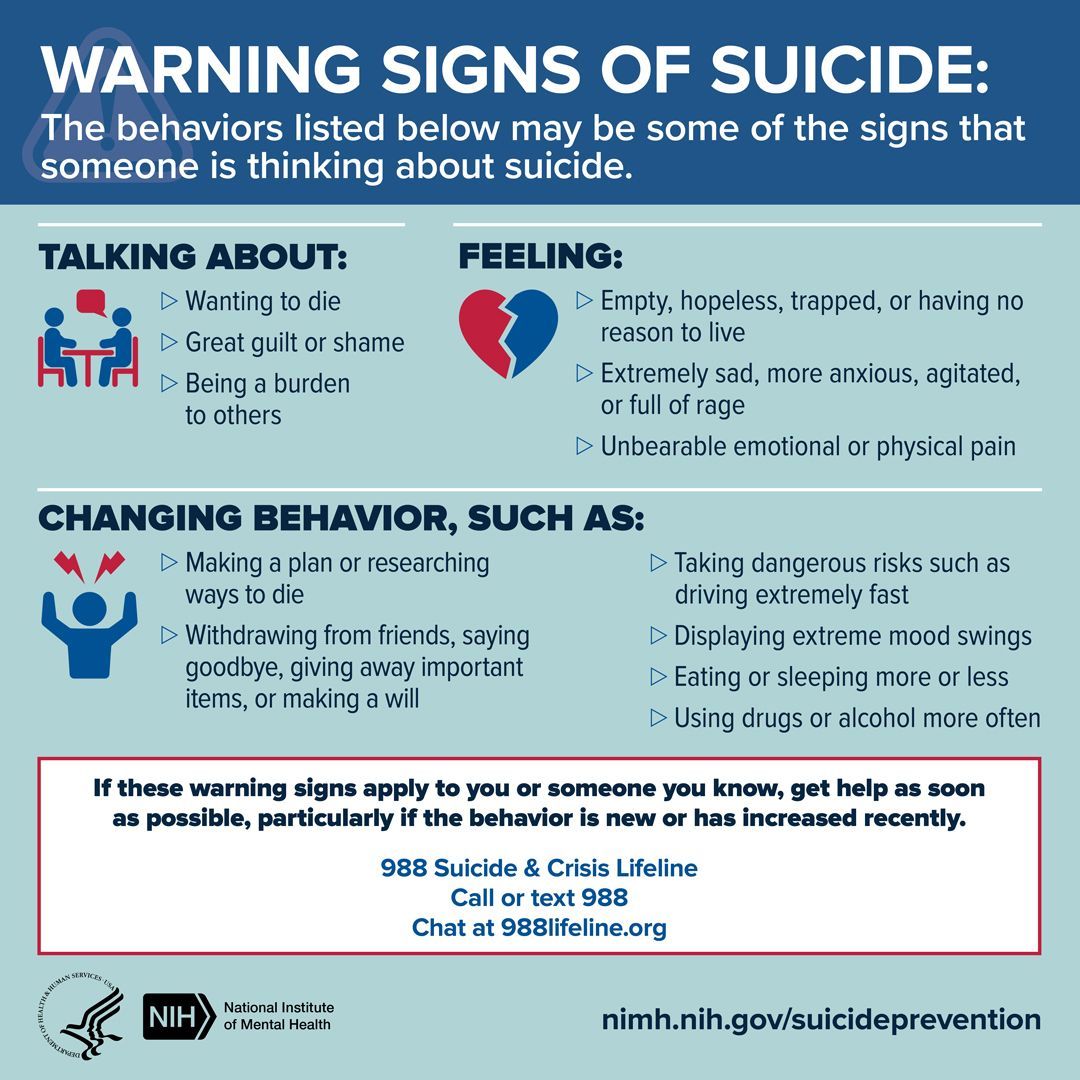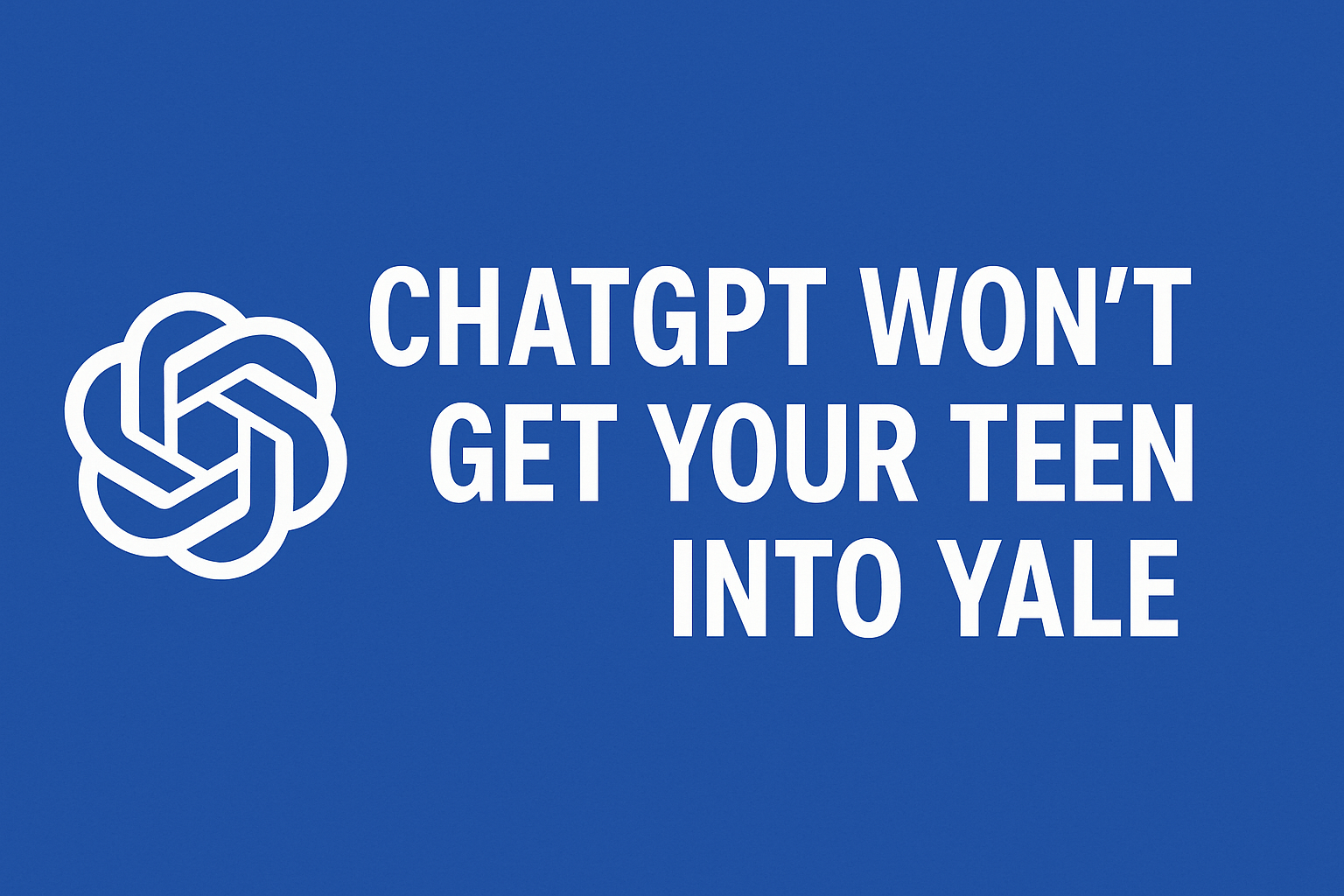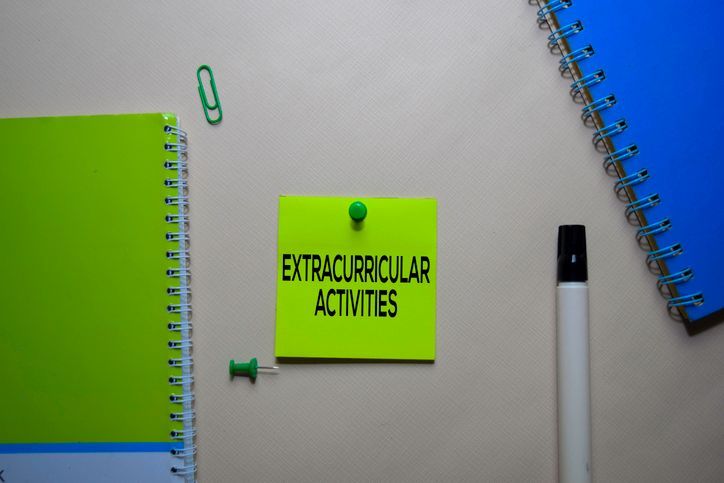This page is licensed under Creative Commons under Attribution 4.0 International. Anyone can share content from this page, with attribution and link to College MatchPoint requested.
Updated Information on All Things College Admissions

For students who love the outdoors, sustainability, or agriculture, a college orchard can be much more than a pretty backdrop. Orchards serve as living classrooms, research hubs, and community resources where students study biodiversity, sustainable farming, and food systems in real time. They also connect campuses to their local regions, often donating produce to food banks or selling fruit to support community initiatives. These five U.S. colleges highlight how something as simple as an apple orchard can enrich education and campus life:

For students passionate about global affairs, human rights, and diplomacy, the United Nations can feel like the ultimate classroom. While many schools offer international relations programs, a select few in the United States stand out for their direct connections to the UN. These colleges and universities provide unique access to briefings, internships, and academic programs tied to the UN’s mission, giving undergraduates a front-row seat to international policy in action. Here are 5 U.S. colleges and universities with strong ties to the United Nations:

For some students, food is more than a quick bite between classes—it’s part of the college experience. From iconic local specialties to campus dining programs that emphasize sustainability and creativity, these colleges stand out for offering meals worth remembering. Whether you are drawn to global flavors, farm-to-table dining, or legendary local eats, these campuses give food lovers plenty to savor. Here are 8 colleges for hardcore foodies:

For students passionate about becoming future educators, the best preparation often happens at colleges that take innovation seriously. These schools combine classroom learning with hands-on experiences, interdisciplinary coursework, and strong community partnerships. Beyond the well-known names in teacher education, there are hidden gems across the country offering creative, impactful pathways for students who want to make a difference in schools and communities. Here are 10 hidden gem U.S. colleges and universities with innovative education programs:

Every year on September 10, the world pauses to observe World Suicide Prevention Day . It is an important reminder of the collective responsibility we share in supporting young people who may be struggling with despair, hopelessness, or thoughts of suicide. For adults who work with teenagers—whether as educators, coaches, mentors, or youth leaders—the day carries an added weight. You are often among the first to notice subtle signs that something is wrong. You are also uniquely positioned to offer care, connection, and guidance in a moment that could make a profound difference.

For students dreaming of medical school, the undergraduate experience can be just as important as the MCAT score. Families often assume Ivy League or flagship universities are the only path, but many smaller or lesser-known schools provide outstanding preparation for future doctors. These colleges stand out for their quality advising, research opportunities, access to clinical experiences, and strong medical school acceptance rates. Students at these schools often benefit from smaller class sizes and closer faculty mentorship, making them excellent hidden gems for pre-med success. Here are 10 hidden gem colleges with strong pre-med preparation outside the Ivy League:

For high-achieving students, an honors college can transform the undergraduate experience. These programs often provide smaller classes, seminar-style learning, faculty mentorship, and special research or travel opportunities. While many families immediately think of highly selective universities when considering honors programs, there are hidden gems across the country that offer exceptional honors education with more accessible admission rates. These schools combine strong academics with an environment where motivated students can thrive. Here are 12 hidden gems with exceptional honors colleges:

Many families are leaning on ChatGPT for help with college admissions. It feels quick, polished, and always available. Type in a question about essays, activities, or deadlines, and an answer appears in seconds. For parents navigating the stress of applications, it can seem like a lifesaver. But here is the truth. ChatGPT will not get your teen into Yale, Stanford, or any other highly selective school. AI can help in some areas, but it cannot replace originality, strategy, or the human insight that top colleges expect. To use it wisely, families need to recognize its limits. Here are five ways to spot them.

Public health is a rapidly growing field that blends science, policy, and service to improve community well-being. For high school students drawn to healthcare but not necessarily to clinical medicine, public health programs offer an exciting pathway into careers that focus on prevention, equity, and systemic change. While major universities and schools of public health are well-known, there are hidden gems across the country where undergraduates can gain early research opportunities, strong mentorship, and hands-on community engagement. Here are 10 hidden gem colleges for students interested in public health:

For students who love both creative expression and scientific discovery, choosing just one path can feel limiting. Fortunately, some colleges make it easier to combine majors in both the arts and STEM fields. Whether it’s pairing computer science with music, biology with studio art, or physics with theater, these schools encourage students to pursue interdisciplinary passions and build unique academic identities. The result is a well-rounded education that prepares graduates for innovative careers in emerging fields where creativity and technical skills overlap. Here are 12 hidden gem colleges that excel in supporting double majors in arts and STEM:

For students interested in government, law, or public policy, location matters. Political science programs based near state capitals often give undergraduates direct access to legislators, agencies, nonprofits, and advocacy groups. These opportunities allow students to move seamlessly between classroom theory and real-world application. Whether through internships, research, or networking, studying political science in a capital city can launch careers in politics, law, or public service. Here are 13 schools with strong political science programs in state capitals:

Marine biology is a dream field for students who want to combine science with a love of the ocean. The best programs go far beyond classroom lectures, offering direct experience in the field, on the water, and in research labs. For students who learn best by doing, these colleges provide immersive opportunities to study marine ecosystems, conduct research, and prepare for careers in science, conservation, and environmental leadership. Here are 9 schools excelling in hands-on marine biology learning:

For students who love both music and technology, there are exciting college options that go far beyond traditional conservatories. These programs merge performance, theory, and creativity with audio engineering, digital media, and even computer science. The result is a pathway for students to become not only skilled musicians, but also innovators ready for careers in music production, audio engineering, film scoring, and interactive media. While well-known schools often dominate the conversation, there are hidden gems across the country offering interdisciplinary programs and real-world opportunities. Here are 12 hidden gem colleges that combine music and technology:

Game design and interactive media are booming fields that bring together creativity, storytelling, art, and technology. For students drawn to building immersive experiences—whether through video games, virtual reality, or interactive apps—the right college program can provide hands-on training and open doors to industry opportunities. While big-name schools get much of the spotlight, there are lesser-known programs making an outsized impact in preparing students for careers in this exciting field. Here are 12 hidden gem colleges for game design and interactive media:

For students who love public speaking, argumentation, and critical thinking, joining a college debate team can be one of the most rewarding experiences of their undergraduate years. Debate builds confidence, hones research and communication skills, and opens doors to internships, law school, and leadership roles. While many families think of debate programs at the Ivy League or large state schools, there are plenty of lesser-known colleges making their mark on the national stage. Here are 12 hidden gem colleges with nationally ranked debate teams:

Finding the right college can be especially important for students who learn differently. For neurodiverse students, the best fit often means more than strong academics. It includes personalized coaching, mentoring, and a community that understands how to support unique strengths and challenges. A growing number of colleges are leading the way with dedicated programs, services, and resources that help students thrive socially, academically, and professionally. Here are 10 colleges with exceptional support for neurodiverse students:

Undergraduate research is no longer just for graduate-bound students—it’s become a central way for undergraduates to deepen their learning, build relationships with faculty, and stand out on graduate school and job applications. While large research universities often dominate the spotlight, many smaller colleges and mid-sized universities provide equally powerful, and often more personalized, opportunities for students to design, publish, and present original work. Here are 15 hidden gem colleges with outstanding opportunities for undergraduate research:

For students passionate about sustainability, conservation, and tackling climate challenges, environmental studies programs provide a pathway to meaningful careers. The strongest programs don’t just stay in the classroom—they connect students with fieldwork, research, and community projects. Families may be surprised to learn that some of the best opportunities come from smaller or less widely known colleges that offer extraordinary access to labs, outdoor spaces, and faculty mentorship. Here are 12 hidden gem colleges with outstanding programs in environmental studies:

Choosing the right college is a critical step for students drawn to the world of forensic science. Whether the goal is to work in a crime lab, investigate digital evidence, or pursue a pre-law track, strong programs combine rigorous science with hands-on training. The best schools also connect students to internships, research, and professional networks that open doors in this competitive field. Here are 16 colleges that stand out for their outstanding forensic science programs:

For students who learn differently, every school year is an opportunity to grow in ways that extend beyond grades. Success is not defined by a perfect transcript but by building confidence, independence, and resilience. Parents play a vital role in guiding their teens toward skills that will make life after high school more manageable and fulfilling. Here are five areas to focus on this year, along with a checklist you can use at home.

At College MatchPoint, our goal is for our students to thrive at their selected colleges. Whether they’re seeking a stage to mount the next Hamilton or a seminar for sonnet revision, students should continue exploring their creative interests as they pursue higher education, regardless of their intended major. Here, we’ve identified 10 colleges that offer innovative, rigorous, and creative programming that appeals to the budding novelist, artist, or thespian in your life.

Parents often wonder what their high school student should be doing outside the classroom to stand out in college admissions. The reality is that admissions officers are less interested in long lists of activities and much more focused on the depth and impact of how students spend their time. Here is a practical checklist to help you guide your teen toward meaningful activities that not only strengthen applications but also support personal growth.

Parents often wonder what their teen should be doing to stand out in the college admissions process. The answer is both reassuring and challenging: admissions officers are not impressed by endless lists of activities. They are looking for depth, authenticity, and impact. The goal is not to fill every line of the résumé but to help colleges understand who your student is becoming.

The Class of 2025 admissions results made one thing crystal clear: getting into highly selective colleges has never been more competitive. Admit rates at Ivy League and top private universities dropped to historic lows, while flagship public schools like UT Austin and Michigan saw record applications that pushed certain majors below a 10 percent admit rate. For families, the message is unmistakable—grades and test scores alone are no longer enough. Colleges are looking for students who bring authentic engagement, a clear fit-to-major, and the ability to communicate their story with honesty and depth. Behind every admit decision lies a mix of academic strength, institutional priorities, and a student’s capacity to stand out in a crowded pool. Understanding how admissions officers are making these choices today can help your family prepare with confidence and focus on what matters most.

Don't let high sticker prices scare you away from your dream schools! Merit aid, often overlooked in the college search process, can significantly reduce costs at even the most expensive institutions. By strategically including schools where your academic profile stands out, you may unlock substantial scholarships that bring premium education within reach. Remember, colleges use merit aid to attract students who will boost their rankings and reputation, so your top grades and test scores could be your ticket to major tuition discounts. As you build your college list, look beyond published prices and consider how merit aid might make your ideal school surprisingly affordable.

These ten colleges offer students the opportunity to pursue a flexible and interdisciplinary education, where you can tailor your academic journey to fit your unique interests and goals. Whether you're passionate about environmental policy, global commerce, or creating your own major, these schools provide the tools and freedom to craft an education that's uniquely yours.

High school students today are under pressure to fill every spare moment with activities, but admissions officers are making it clear: quality matters more than quantity. Colleges want to see students who pursue activities with character, purpose, and intellectual curiosity, not just a long list of clubs. They value authentic contributions to community, whether that means leading a service project, mentoring peers, or addressing real needs close to home. Just as important, they look for connections between extracurriculars and academic interests, which can strengthen fit-to-major in the admissions process.

While these rankings can provide some insights, it's crucial to remember that the best college for you isn't necessarily the highest-ranked one. Instead of fixating on numbers, focus on finding a school that aligns with your personal goals, learning style, and career aspirations. Your college journey is unique, and the right fit matters more than any ranking ever could.

College admissions has an unexpected MVP: football success. Did you know that a winning season can boost university applications by up to 17.7%? The University of Tennessee experienced what some have called the " Flutie Effect " firsthand, with their stellar 2022 football performance driving a significant surge in nationwide applications. This phenomenon goes beyond numbers—it's reshaping campus cultures, increasing selectivity, and even elevating academic standings.



